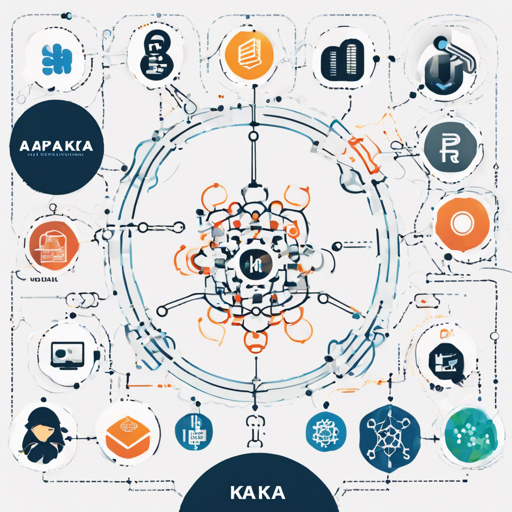In today’s era of microservices and cloud deployments, ensuring seamless communication between new and legacy systems is crucial. One of the most effective ways to achieve this is through the use of the Alpakka Kafka connector. This tool is designed to facilitate smooth integration of Apache Kafka into Akka Streams, enhancing the functionality and performance of your applications. In this guide, we’ll walk you through the process of implementing this connector and provide troubleshooting tips to help you along the way.
What is Alpakka Kafka?
Alpakka Kafka is part of the Alpakka project, which aims to create reactive and stream-oriented integration pipelines for Java and Scala, all built on top of Akka Streams. Imagine Alpakka Kafka as a bridge connecting different islands (microservices) across a vast ocean (the internet). Each island has its unique ecosystem (legacy systems) that requires careful navigation to ensure smooth sailing.
Steps to Implement Alpakka Kafka Connector
- Setup Environment: Ensure you have Java and Scala installed in your development environment. You’ll also need to have Apache Kafka up and running.
- Include Alpakka Kafka Dependency: Add the Alpakka Kafka connector dependency to your project. If you’re using Maven or SBT, refer to the [Alpakka Kafka connector reference](https://doc.akka.io/docs/akka-stream-kafka/current/index.html) for exact dependencies.
- Define the Source and Sink: Set up a Kafka source to read messages from a Kafka topic and a Kafka sink to send messages to a Kafka topic. Here’s an illustrative analogy: think of the source as a well that holds water (messages) and the sink as a bucket that collects water from the well.
- Handle Backpressure: One of the main advantages of using Akka Streams is its backpressure handling. Ensure that your application can gracefully manage situations where the flow of messages may become too rapid.
- Run Your Application: Once everything is set up, run your application and monitor the logs for any issues.
Code Example
import akka.kafka.scaladsl.Consumer
import akka.kafka.scaladsl.Producer
import akka.stream.scaladsl.{Sink, Source}
import org.apache.kafka.clients.producer.ProducerRecord
val consumerSettings = ConsumerSettings(system, ...)
val source = Consumer.plainSource(consumerSettings, Subscriptions.topics("your-topic"))
val sink = Producer.plainSink(ProducerSettings(system, ...))
source
.map(msg => new ProducerRecord[String, String]("your-output-topic", msg.key(), msg.value()))
.runWith(sink)
This section of code illustrates how to consume messages from a Kafka topic and produce them to another topic. Think of this as passing a series of notes from one friend to another. Each note (message) is read from the first friend (source) and then carefully handed over to the next friend (sink) to keep track of all communication.
Troubleshooting Tips
If you encounter any issues while implementing the Alpakka Kafka connector, here are some troubleshooting ideas:
- Check Dependencies: Ensure all dependencies are correctly included in your project configuration.
- Verify Kafka Configuration: Double-check your Kafka broker settings to make sure they are properly set up.
- Monitor Logs: Check application logs for any error messages that can provide insight into what went wrong.
- Community Support: Engage with the community through forums and issue trackers for insights and assistance.
For more insights, updates, or to collaborate on AI development projects, stay connected with fxis.ai.
Conclusion
Integrating Alpakka Kafka into your microservices architecture enables robust communication between systems. Its reactive nature guarantees seamless data flow while handling backpressure, making it a vital tool for modern application development. At fxis.ai, we believe that such advancements are crucial for the future of AI, as they enable more comprehensive and effective solutions. Our team is continually exploring new methodologies to push the envelope in artificial intelligence, ensuring that our clients benefit from the latest technological innovations.

